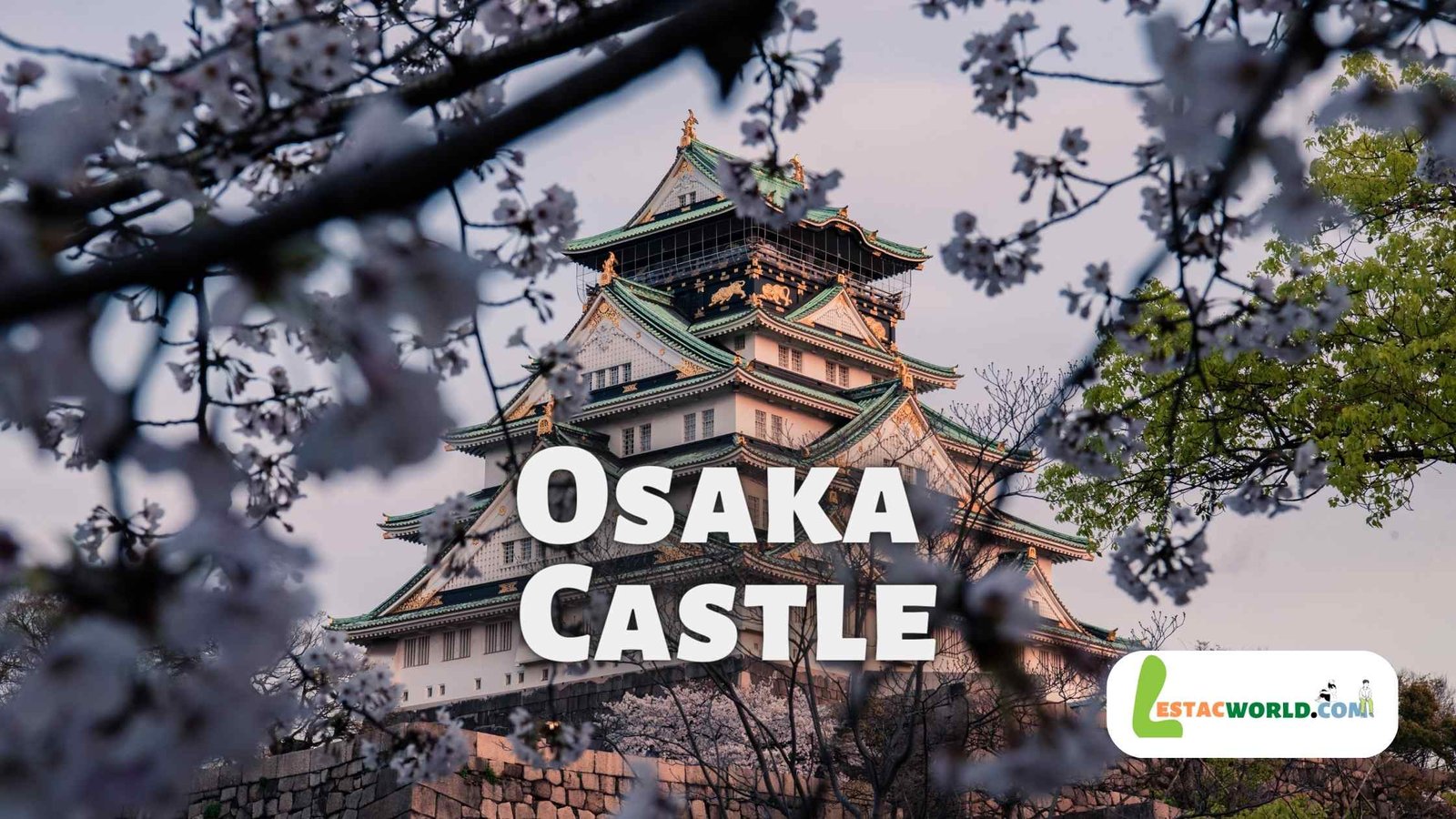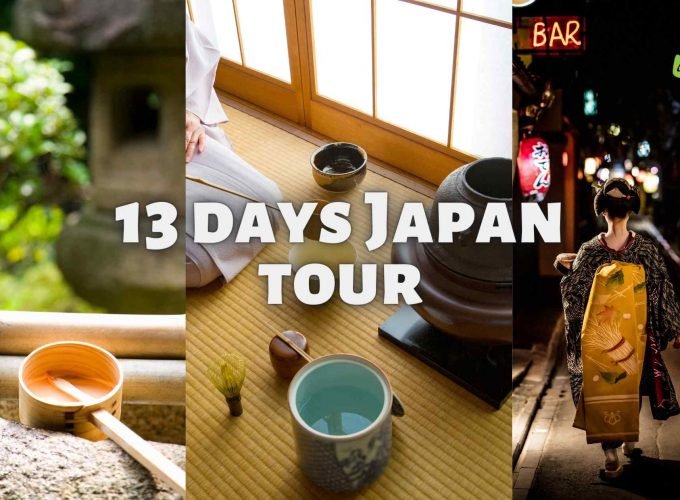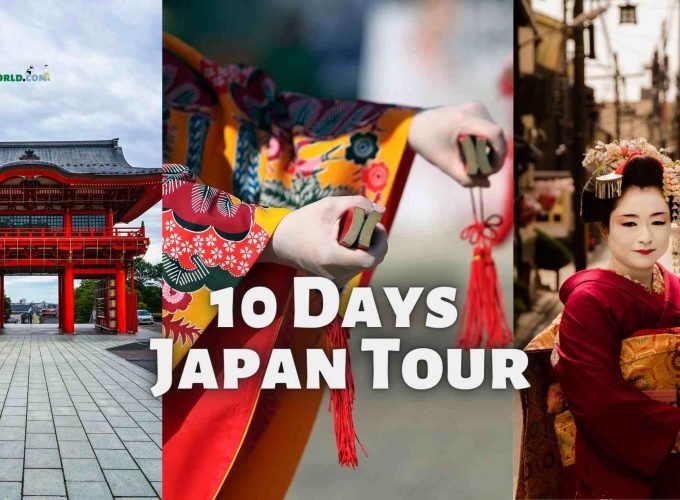About Osaka Castle
The historically significant Osaka Castle may be found in the city of Osaka in Japan. It was one of the greatest and most technologically advanced fortresses in Japan at the time it was erected in the late 16th century by the powerful warlord Toyotomi Hideyoshi. The original construction of the structure took place in the late 16th century. The castle was a symbol of power and dignity for its many owners throughout the centuries, and it played an important part in the political and military events that occurred throughout the feudal era in Japan.
Throughout its long and eventful history, Osaka Castle has been leveled to the ground and rebuilt on several occasions, the most notable of which were immediately following the Battle of Sekigahara in the year 1600 and during World War II. In 1995, the primary watchtower of the castle underwent renovation, and subsequent to these efforts, the establishment was reopened to the general public as a museum.
Osaka Castle has developed into one of the city’s most well-known attractions throughout the years and now welcomes millions of tourists every year. The grounds of the castle include enormous gardens, a museum that details the history of the castle, and various vantage spots that provide 360-degree views of the city. The main tower of the castle, which is eight floors tall, provides tourists with a look into the history and culture of feudal Japan. Additionally, the main tower serves as a symbol of the city’s abundant cultural heritage.
History timeline of Osaka Castle
The history of Osaka Castle dates back to the late 16th century. Here is a timeline of the key events in the history of Osaka Castle:
1583: Toyotomi Hideyoshi begins construction of Osaka Castle as a symbol of his power and prestige. The castle took several years to build and was one of the largest and most technologically advanced fortifications in Japan at the time.
1600: The Battle of Sekigahara takes place, in which Toyotomi Hideyoshi’s forces are defeated by those of Tokugawa Ieyasu. Osaka Castle becomes a focal point for the Toyotomi loyalists, who are eventually defeated in the winter siege of Osaka in 1615.
1615: Tokugawa Ieyasu’s forces capture Osaka Castle and destroy much of the structure. The castle is then rebuilt and expanded over the next several decades, becoming one of the largest castles in Japan.
1868: The Meiji Restoration takes place, and the castle becomes the property of the Imperial Household Agency. The castle is used as a military academy and as a barracks for the Imperial Japanese Army.
1931: Osaka Castle is damaged in the Great Kanto Earthquake.
1945: The castle is heavily damaged during World War II.
1995: The main tower of Osaka Castle is reconstructed, and the castle reopens to the public as a museum.
Today, Osaka Castle is one of the most popular tourist destinations in Osaka, attracting millions of visitors each year. The castle grounds feature extensive gardens, a museum, and several lookout points offering panoramic views of the city.
How to reach Osaka Castle?
Osaka Castle is located in Osaka, Japan and is easily accessible by several modes of transportation. Here are some ways to reach the castle:
- By train: Osaka Castle is a short walk from Morinomiya Station, which is served by the Chuo Line and the Nagahori Tsurumi-ryokuchi Line. The station is just a few stops from Osaka Station, the city’s main train station.
- By subway: The castle can also be reached by taking the Tanimachi Line or the Chuo Line to Tanimachi 4-chome Station, which is just a short walk from the castle.
- By bus: Osaka Castle is served by several bus routes, including the Osaka City Bus and the Hankyu Bus. The closest bus stop to the castle is Osaka-jo Koen Station.
- By taxi: Taxis are also available and can take you directly to the castle’s entrance.
Once you have arrived at Osaka Castle, there are several large parking lots nearby for those who prefer to drive. Note that parking can be expensive and may fill up quickly on weekends and holidays.
Also read – Important to know about Nijo Castle

Do's and Dont's at Osaka Castle?
Here are some do’s and don’ts to keep in mind when visiting Osaka Castle:
Do’s:
- Explore the castle grounds and gardens, which offer beautiful views and plenty of opportunities for photos.
- Visit the museum inside the main tower to learn about the history of the castle and its significance in Japanese history.
- Take a guided tour to learn even more about the castle and its history.
- Wear comfortable shoes, as there is a lot of walking involved in exploring the castle and its grounds.
Don’ts:
- Don’t touch the exhibits or artifacts in the museum. They are delicate and easily damaged.
- Don’t climb on the walls or railings of the castle or museum. This is not only disrespectful, but also dangerous.
- Don’t bring any large bags or items that may obstruct the view of others.
- Don’t take any food or drinks into the museum. There are several restaurants and vending machines outside the museum where you can purchase refreshments.
Overall, be respectful of the castle’s history and culture, and remember to follow the rules and guidelines posted by the museum. By doing so, you can ensure that your visit to Osaka Castle is both enjoyable and educational.
Highlights of Osaka Castle
- The main tower: The main tower of Osaka Castle is the centerpiece of the castle and serves as a museum showcasing the history of the castle and its significance in Japanese history. Visitors can take an elevator to the top of the tower for panoramic views of the city.
- The castle grounds: The castle grounds feature extensive gardens, a moat, and several lookout points offering beautiful views of the city. Visitors can explore the grounds and admire the beauty of the castle and its surroundings.
- The castle museum: The museum inside the main tower offers a comprehensive history of Osaka Castle and its role in Japan’s feudal era. Visitors can learn about the castle’s architecture, design, and technology, as well as the various historical events that took place within its walls.
- The cherry blossom gardens: In spring, the castle grounds are covered in cherry blossom trees, making it a popular spot for hanami, or cherry blossom viewing.
- The traditional tea ceremony: Visitors can experience a traditional Japanese tea ceremony in the castle grounds, offering a unique cultural experience and an opportunity to learn more about Japanese tea culture.
- The souvenir shops: Osaka Castle features several souvenir shops selling traditional Japanese items, including kimonos, toys, and craft items, as well as food and drinks.






Comment (0)